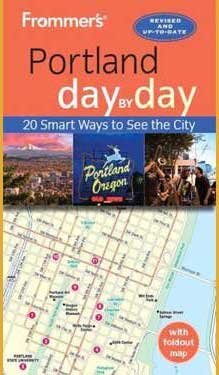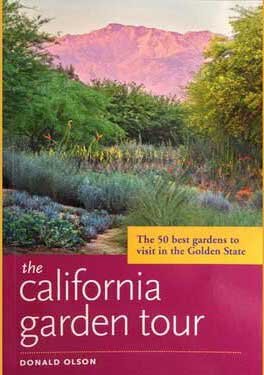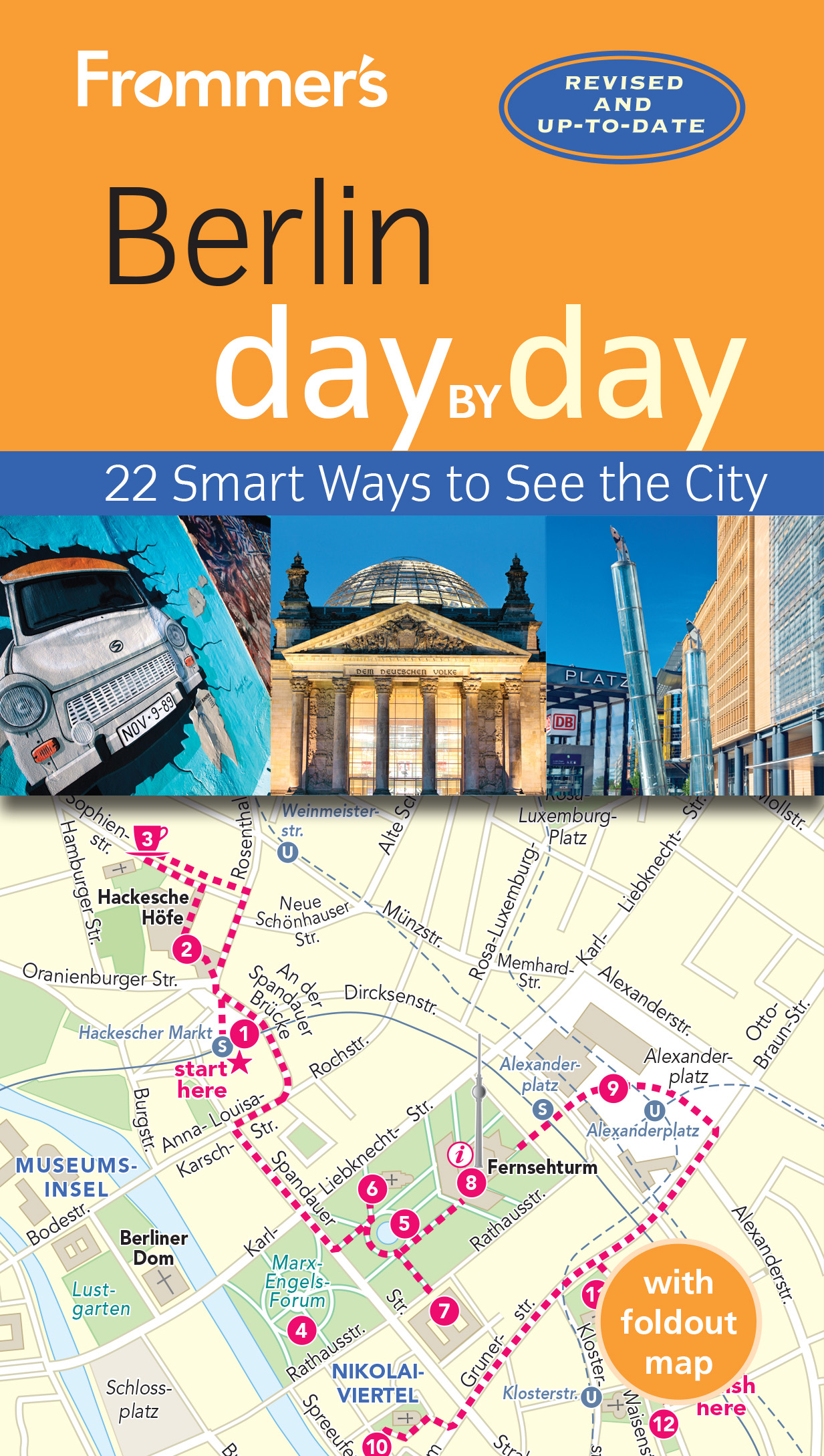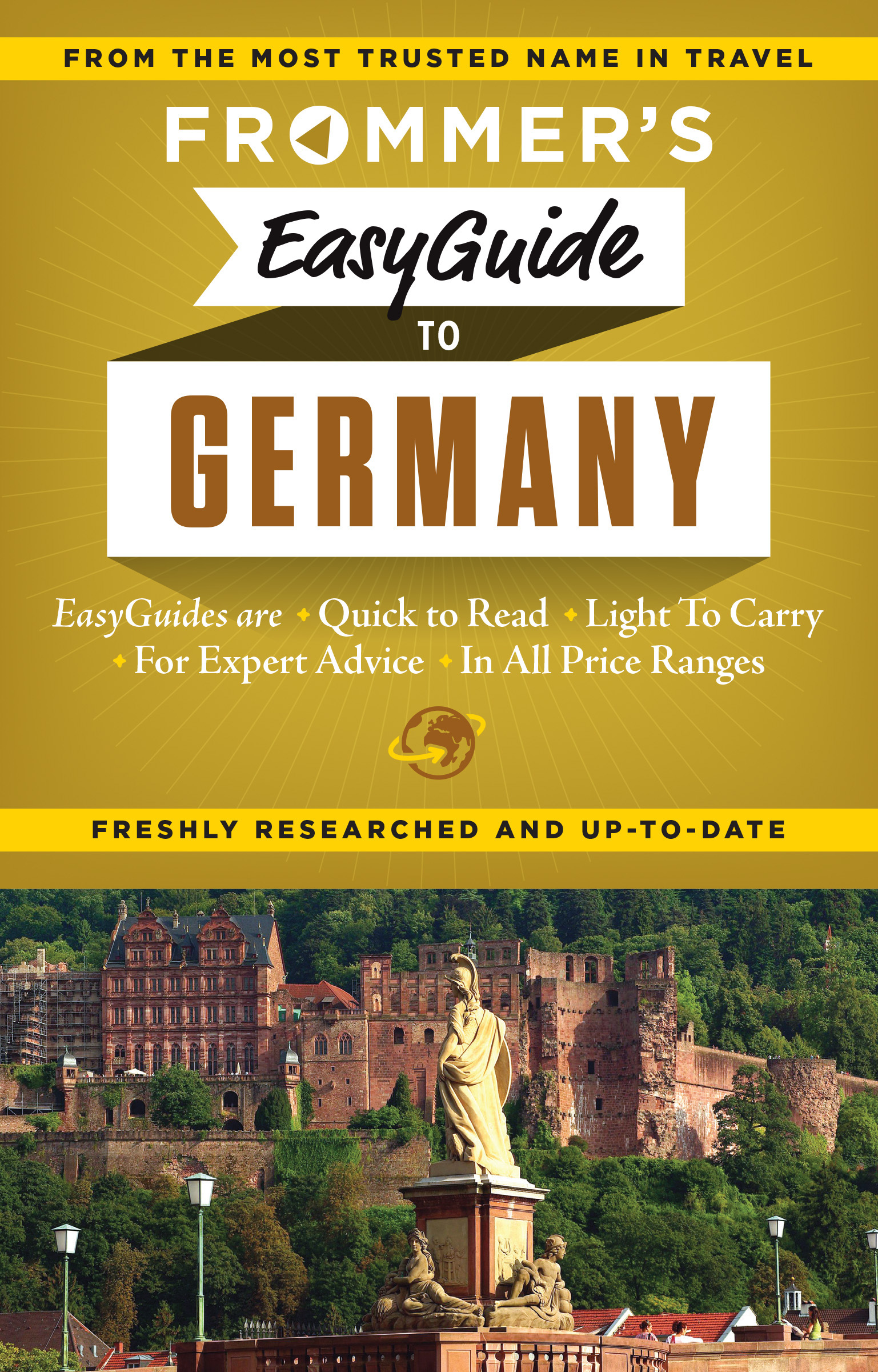Wanderlust
The Germans have a good word to describe the restless urge to travel: wanderlust.
No trip to Rome is complete without a cappuccino at Tazza d'Oro...
Travel Writing
Wanderlust hit me very early, and so did the urge to write—but not about travel. At 15 I ran away to Chicago, a city I’d never seen, marched into Henry Regnery Publishers, and told the receptionist I had a novel that I wanted them to publish. I was ushered into an editor’s office, where I plunked down my 500-page manuscript in the expectation that the editor would immediately see its merits (difficult to do, since it didn’t have any). No, of course they didn’t publish it, but for a kid who’d never traveled any great distance on his own, taking the overnight Empire Builder from Minneapolis to Chicago, visiting a publisher, talking to an editor, and staying at the downtown YMCA made a lasting impression.
Wander + Lust = Europe
After that there was no stopping me. I’d been working since I was 13, saving money, planning out trips, writing fiction, studying German (Swedish was not offered), and corresponding with European pen pals. I couldn’t wait to start seeing the world! I flew to New York when I was 18, and to Cold War Berlin (via Iceland, on a prop jet) when I was 19. I’d explored Paris, London, Copenhagen, Hamburg, Amsterdam, Venice, Florence, and Athens by the time I was 21. After that, I broadened my reach and began to roam through entire countries, focusing on England, Germany, Italy, France and Greece. This was Europe before the European Union, when every country had its own currency, there were no credit cards, and your passport had to be stamped at every border crossing. Obtaining accurate travel information was more difficult in that pre-Internet age, and traveling in the Old World was a real adventure. Arthur Frommer’s Europe on $5 A Day was the only guidebook available that gave travelers an idea of how much things actually cost (little did I know that many years later I would become a Frommer’s author and meet Arthur Frommer). The only other guidebooks that were considered trustworthy were the authoritative, humorless and personality-free Michelin Green Guides and the Blue Guides.
I felt like a European trapped in the body of an American. Some of my travels were literary or artistic pilgrimages, and some were for love, but in general I traveled in Europe as much as I could simply because its history, culture and art stimulated my imagination and fed an ever-deepening need to see, explore and experience as much as I could with the limited resources I had. Traveling in Europe and getting to know Europeans provided an invaluable education and an inexhaustible source of material that I’ve used in many of my novels and plays—and of course in my travel writing.
Becoming a Travel Writer
Travel writing wasn’t something that I planned to do, but it has been an important part of my life for over three decades. In the 1990s I began contributing to and writing entire guidebooks for Langenscheidt’s, Berltiz, Michelin, Reader’s Digest, Fodor’s and Frommer’s. Many of them were guides to European cities or countries, but some were U.S. regional guides. I was delighted to uncover and rediscover the wonders of the Pacific Northwest and wrote travel stories on little-known treasures in Oregon and Washington for The New York Times and other travel publications. Since then, my travel writing has mostly been guidebooks, including the first editions of England for Dummies (winner of the Lowell Thomas Award for travel writing), London for Dummies, Germany for Dummies, and Frommer’s Best Day Trips from London. I also wrote Frommer’s Vancouver & Victoria for several years. Although I’ve never counted them, I’ve contributed to or written over 40 guidebooks. Unfortunately, those Dummies travel guides are no longer published (they were great guides, despite the brand name), and some of my other Frommer’s titles were eventually taken over by other writers.
The Truth About Travel Writing
Everyone loves to think that travel writing is a glamorous profession, and sometimes it is, but mostly it’s hard, nose-to-the-ground detective work that requires unflagging energy, boundless curiosity, an eye for detail, an ability to synthesize enormous amounts of information, and a pair of good walking shoes. For starters. To capture the spirit of a place, a good travel writer must be able to write intelligently and engagingly about food, drink, lodging, history, art, museums, architecture, politics, religion, sports, horticulture, natural history, music, geography, landscape, local customs and more. Expert travel writing is an art and a profession. It is writing grounded in facts, observation, interactions and experience. Travel guides are typically written according to a pre-ordained format, and because the author is presenting so much information in a limited number of pages, his or her personality tends to be submerged. I have always maintained that guidebooks should be not only useful and informative, but entertaining and enjoyable to read. I try to write the kind of guidebooks that I would use myself. I try to give them my voice.
Current Titles
The coronavirus pandemic has decimated the world of travel and travel writing. There’s no telling when we will be on the road and in the air and on the sea again. Before the pandemic, my most recent travel guides were Frommer's Portland Day by Day and Seattle Day by Day. The itinerary-based Day by Day guides provide ideas for seeing as much of a country or city as possible based on your interests and the amount of time you have. I've also written Berlin Day by Day and co-authored Germany Day by Day and Great Britain Day by Day. Other recent travel books I've written for Frommer’s include EasyGuide to Germany and EasyGuide to Seattle, Portland and the Oregon Coast. EasyGuides are user-friendly books that provide travelers with the expert and essential information they need to enjoy the best a destination has to offer.
Gardens and gardening have long been passions of mine, so I was very excited when Timber Press, the world leader in books on gardening, horticulture and botany, asked me to write a garden guidebook for them. The Pacific Northwest Garden Tour introduces garden-lovers to the 60 greatest public gardens in Oregon, Washington and British Columbia. It was a labor of love that took over two years to complete and is illustrated with my full-color photographs; it has had three printings. My newest garden guide, The California Garden Tour, covers the 50 greatest public gardens from Mendocino to San Diego.









